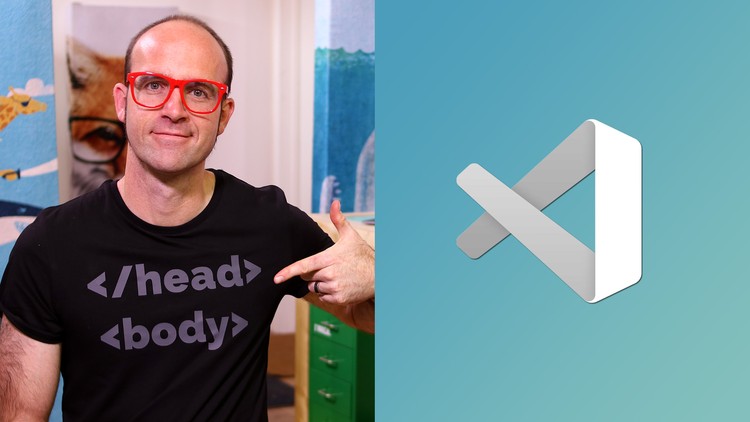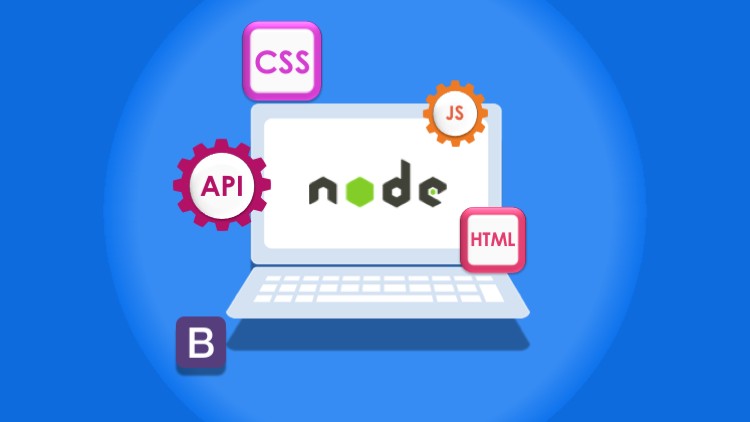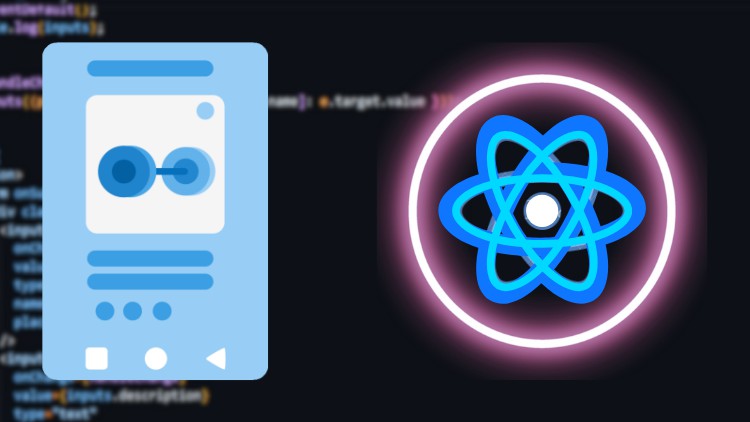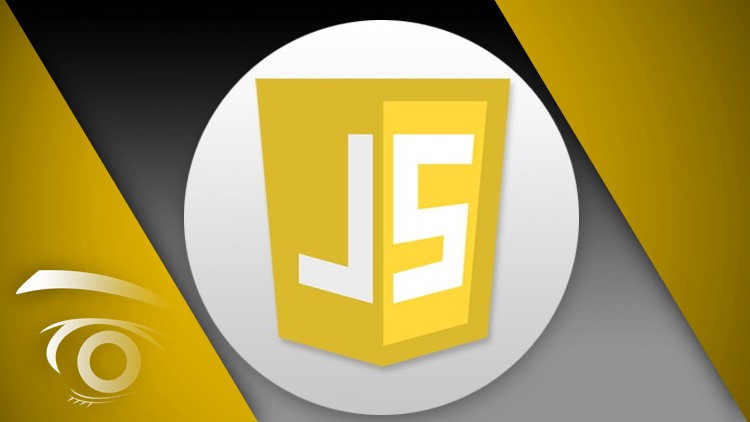Description
Learn the fundamentals of Responsive Web Design (RWD) and create websites that adapt seamlessly to different screen sizes and devices. This comprehensive course covers CSS techniques, flexible grids, media queries, and best practices to ensure your web designs look stunning on desktops, tablets, and smartphones.





Agnes –
“This course was exactly what I needed to understand responsive design principles. Clear explanations and practical examples made learning easy!”
Edwin –
“I’ve taken other courses on web design, but this one stands out for its clarity and depth on responsive design. Great value for money!”
Emeka –
“Fantastic course! I learned so much about creating websites that look great on any device. The projects were fun and really helped solidify the concepts.”